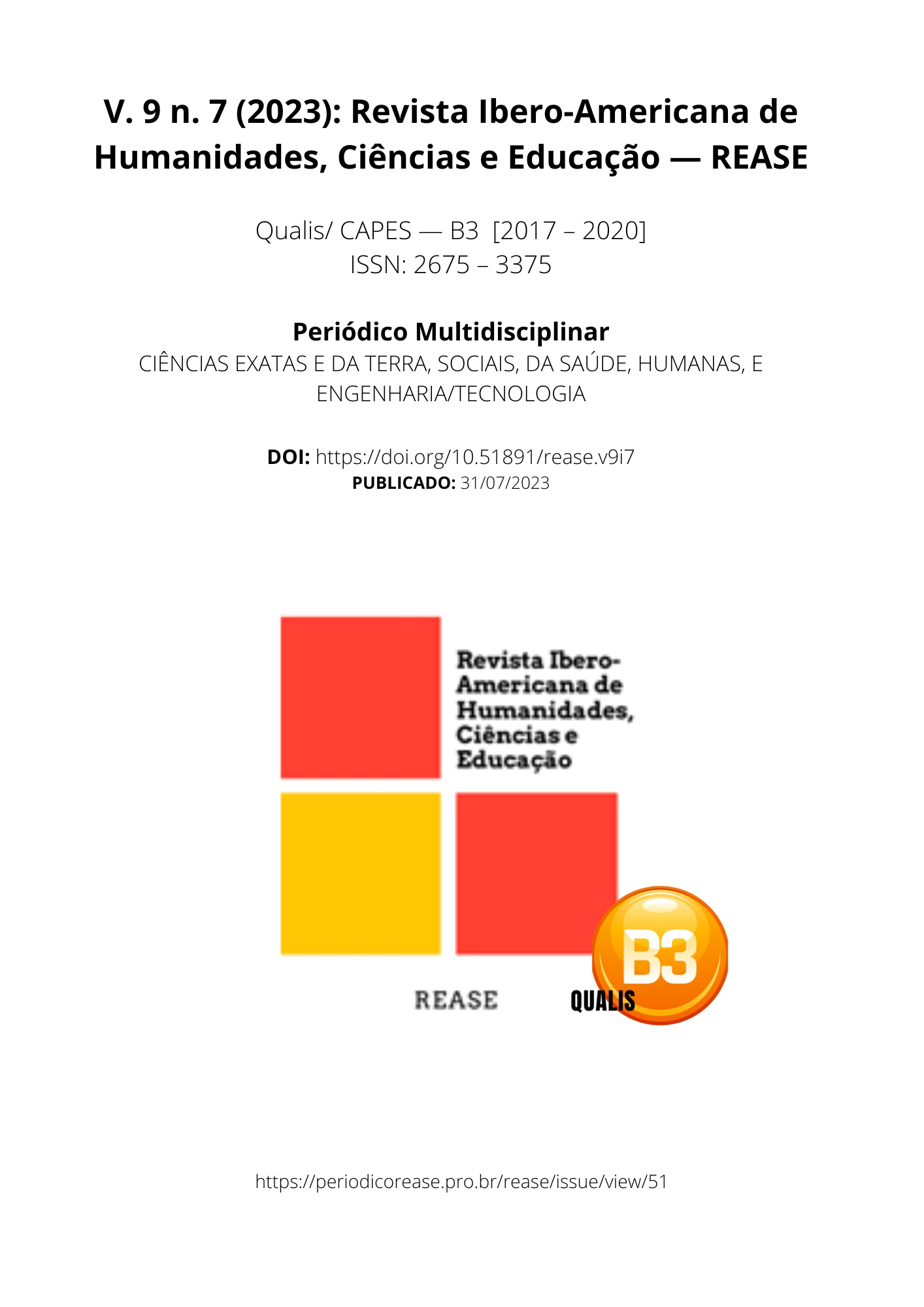HOMOAFFECTIVE RELATIONSHIPS IN FEMALE PRISONS: CHALLENGES AND STRATEGIES FOR INCLUSION IN THE SCHOOL ENVIRONMENT
DOI:
https://doi.org/10.51891/rease.v9i7.10677Keywords:
Prisons. Relationship. homoaffective. School environment.Abstract
This article aims to discuss the challenges faced by women in homoaffective relationships in women's prisons, focusing on inclusion in the school environment. Aspects such as discrimination, prejudice and social and institutional barriers will be addressed, as well as inclusion strategies and promotion of respect for sexual diversity. The study's methodology is the theoretical essay that consisted of a critical analysis of the literature on the subject, which contributed to the understanding of the complexities of this context and providing subsidies for reflection and action in favor of inclusion and respect for diversity in women's prisons. Finally, it is concluded that by adopting inclusion strategies, we can contribute to building a fairer, more respectful and welcoming educational environment for all incarcerated women, regardless of their sexual orientation or gender identity.
Downloads
Downloads
Published
How to Cite
Issue
Section
Categories
License
Atribuição CC BY

